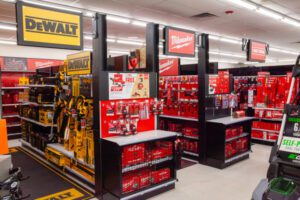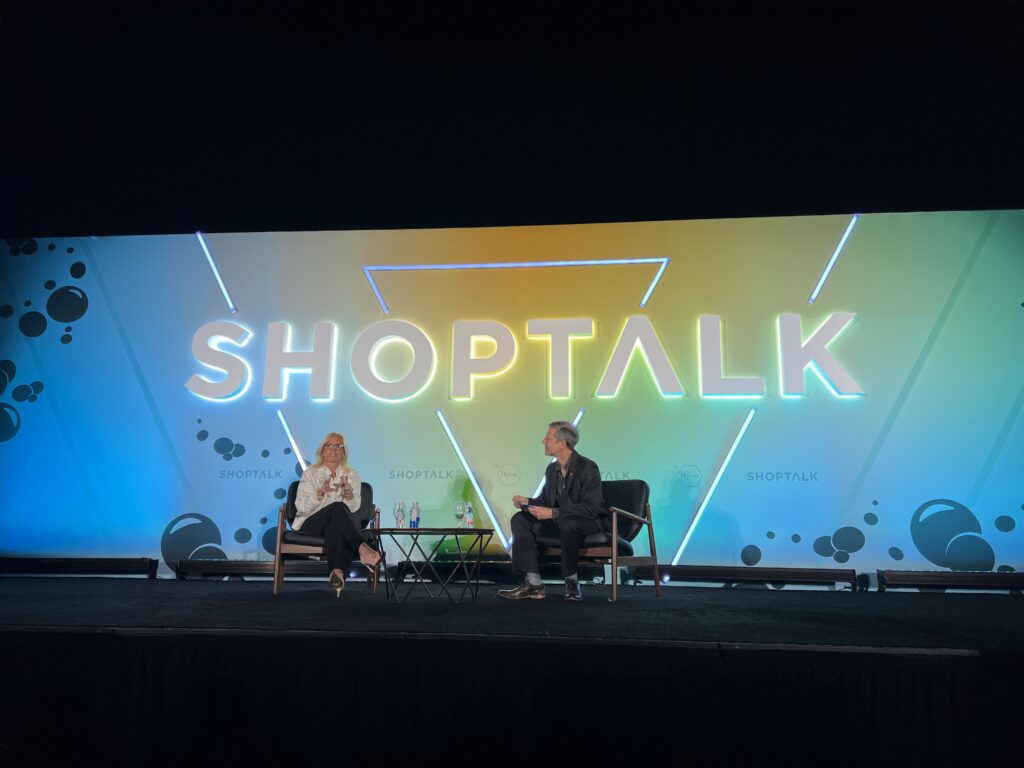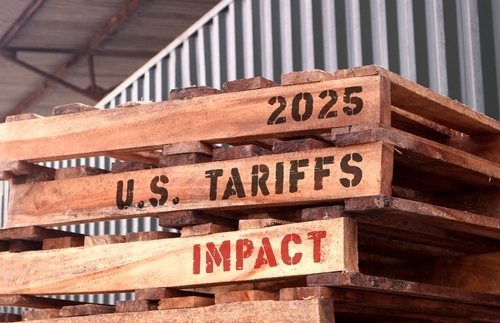Ace Hardware’s Chief Marketing Officer Kim Lefko knows her directive: keep the message consistent.
“Something that we often say is consistency is our superpower in marketing messaging,” Lefko said at the Shoptalk Fall conference this September in Chicago. “We’re never going to outspend our two biggest competitors at Ace, but we will win the consistency piece and there’s a flywheel effect that happens with that.”
And that consistent message centers on the product categories Ace wants to be known for: paint, power, backyards and barbecue, and home preservation.
The cooperative retail chain made this change when it realized that its product assortment wasn’t meeting its customers’ needs.
“Any marketer faces a changing consumer, a changing landscape,” Lefko said. “We experienced that about 10 years when we woke up and we looked around our store and 30% of the store layout was dedicated towards plumbing, electrical, all the parts and necessities to take care of your heating and cooling. Our consumers weren’t doing that work, they were hiring that work out for services.”
Once Ace made the decision to focus on those four categories, that drove everything the brand did, from its marketing content to its store layout.
“Our marketing message ties back to our pursuit, and our pursuit is to be the preferred destination for paint, power and barbecue,” she said. “And that funnels through. So they’ll see it on TV; They’ll see it in social media; They’ll see it in their app; And when they come into the store it’s like that last, final point.”
Ace Remodels Stores for High Touch-and-Feel Experience
For the past year Ace has embarked on its store remodeling “Elevate Ace” plan, which aims to make the store more experiential. For example, the stores have large, colorful signage and floor models available for shoppers to touch and feel in its four core categories, such as grills.

The 700 stores who have adopted this format (out of Ace’s total 5,100) have posted big increases: Sales are up 12% for the remodeled stores compared with other stores in that territory that haven’t remodeled. Plus, sales within those four core categories have increased 25% compared with the other stores.
While digital sales are also increasing — growing at a 36% rate — the in-store experience is vital for Ace Hardware’s growth, Lefko said. In fact, Ace is opening 100 new stores each year.
Lefko’s Winning Marketing Recipe at Ace
Lefko thinks about her job as a marketer in three sequential segments: create demand, convert to purchase and build loyalty.
In terms of creating demand, TV media spots, including live sports, works well for Ace. And even though the average age of the Ace consumer is not super young, the brand is starting to dabble in popular social media platform TikTok to display informative and inspirational videos.
“We put a certain segment inside of our marketing team focused on this to be clever and witty but also tied to the persona of the brand,” Lefko said. “So we’re tiptoeing in there. Never say never.”
For conversion, paid search is “very, very effective.” And for its loyal shoppers, Ace’s rewards program (73 million members) and its mobile app are carrying their weight. Revenue through the Ace mobile app increased 20%, and it is a highly “sticky” customer, Lefko said.
“The app customer is our best customer,” Lefko said. “The app customer is visiting 50% more, spending 50% more and you don’t have to reacquire them or rebuy them. That’s really effective.”
Test, Learn, Refine, Scale (or Kill)
Ace’s most recent marketing initiative is the launch of its retail media network, RedVest Media.
Ace is a late mover to launch a retail media network, which is the platform that allows brands to buy advertising spots on AceHardware.com. Lefko said that it is intentionally growing this revenue stream slowly so its website does not become clunky, confusing and branded everywhere.
Ace Hardware spends at least 10% of its budget and time generating hypotheses to improve the business, which is how Red Vest Media started. Lefko calls this a test, learn, refine, scale (or kill) approach, in which her job as a marketer is to test new ideas, refine them and either implement it across the board or move on from the idea.






